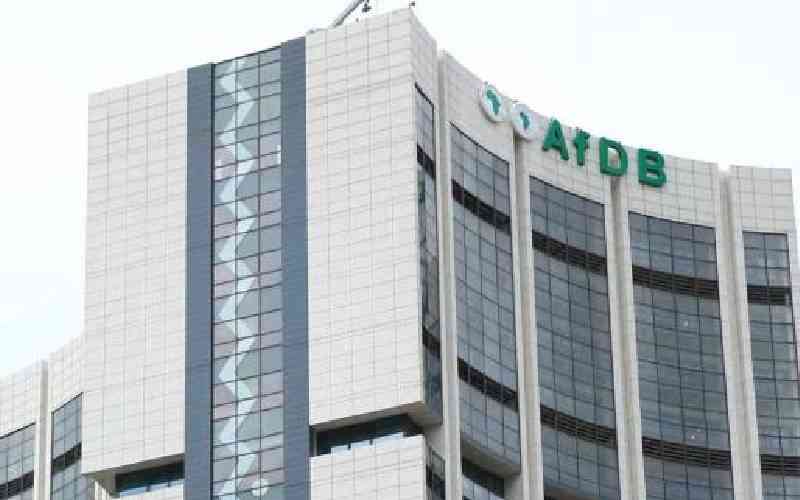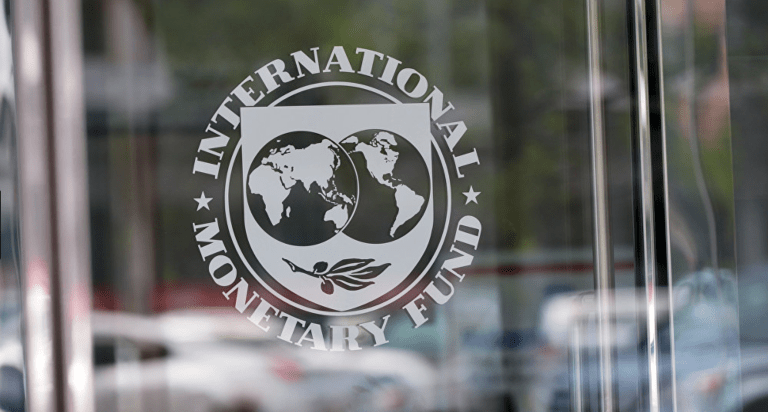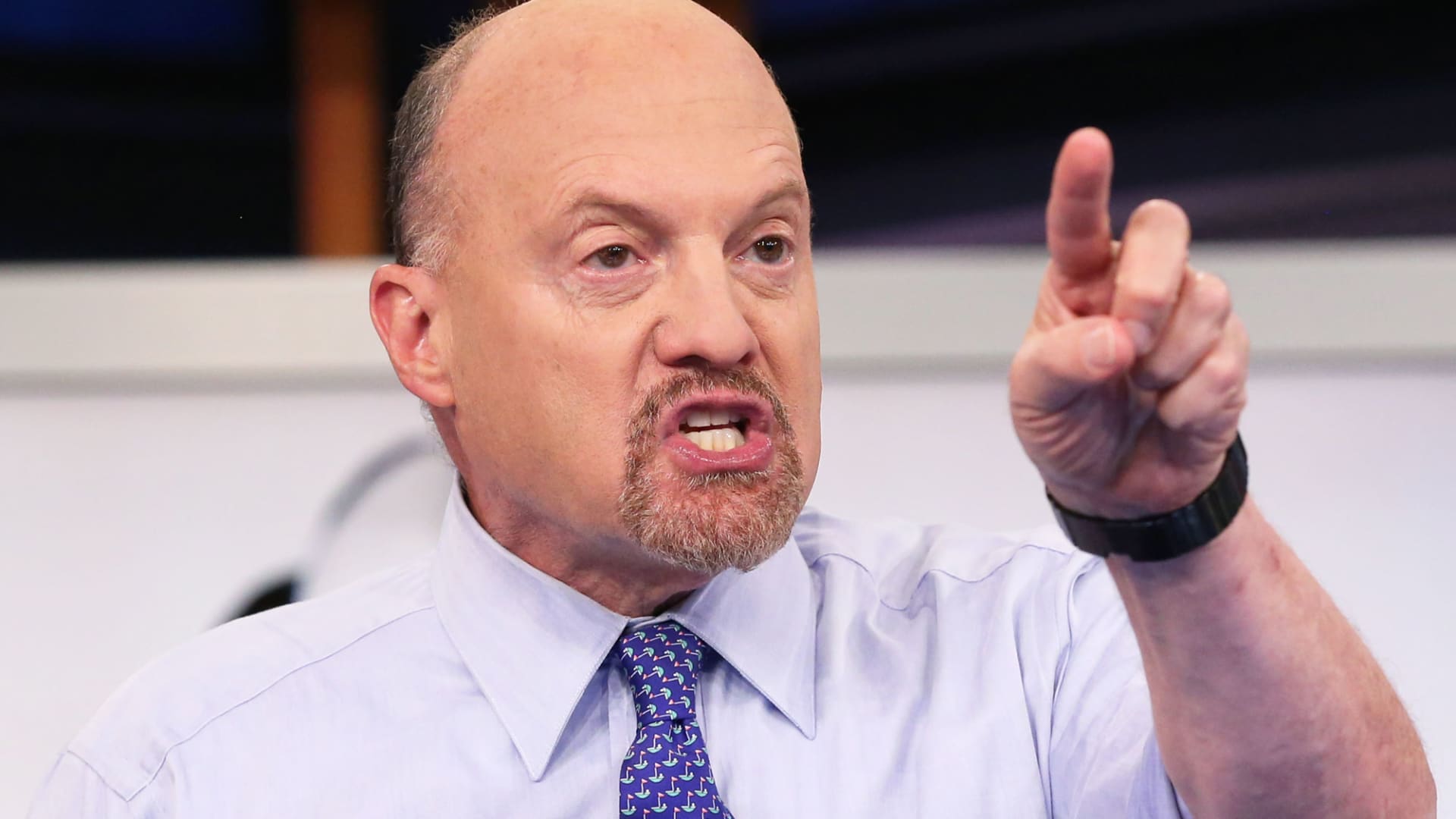Tariffs Impact North American and Asian Manufacturers in April

US inflation has slowed to an annual rate of 2.3% in April, the lowest since February 2021, according to the Bureau of Labor Statistics' latest Consumer Price Index (CPI) data. This comes as a surprise given expectations that President Trump's tariffs would lead to price increases. The CPI rose 0.2% in April, a cooler reading than the 2.4% increase in March.
Tyler Schipper, an associate professor at the University of St. Thomas, noted the positive aspects for consumers, such as lower food prices and slightly cheaper air travel. However, he also cautioned that the effects of tariffs, though not yet fully realized, are still present. Shifts in tariff policy, front-loaded purchases by businesses, and absorption of initial tariff costs by retailers and manufacturers are among the reasons why price increases may not be immediately apparent.
Ben Ayers, a senior economist at Nationwide, anticipates that this may be the low point for the CPI in 2025. He expects tariff costs to increasingly impact consumer prices, potentially pushing the annual CPI reading above 3% this summer. This could lead to softer economic growth as higher prices and economic concerns affect spending activity.
While tariff-related impacts were limited in the current CPI data, there were indications of building price pressures. Economists had expected the CPI to rise 0.3% from March and remain at 2.4% annually, according to FactSet.
Consumers experienced some relief at grocery stores, where prices fell 0.4% from March, bringing down overall food prices by 0.1%. Egg prices saw a significant drop of 12.7% for the month, reflecting wholesale declines as the industry recovers from avian flu. The average price of a dozen Grade A eggs fell from $6.23 to $5.12, although annually, egg prices are still up 49.3%.
Food and energy prices, which are often volatile, are areas where consumers frequently encounter inflation. Energy rose 0.7% from March. The Core CPI, excluding food and energy, rose 0.2% from March and remained at an annual rate of 2.8%.
Samuel Tombs, chief US economist for Pantheon Macroeconomics, noted the “first clear evidence of upward pressure” on goods prices from tariffs. Prices for goods excluding food, energy, and autos rose 0.2%, exceeding the past 12 months’ average of zero. Household furnishings and appliances increased by 1%, while computer and telephone prices rose by 0.3%, reversing a previous average drop of 0.6% over the prior 12 months.
Additionally, decreased consumer confidence has weighed on discretionary services prices, particularly for air transportation, which fell 2.8% in April after previous drops in March and February. Reduced searches for flights on Google suggest that booking and prices will remain subdued in May.










